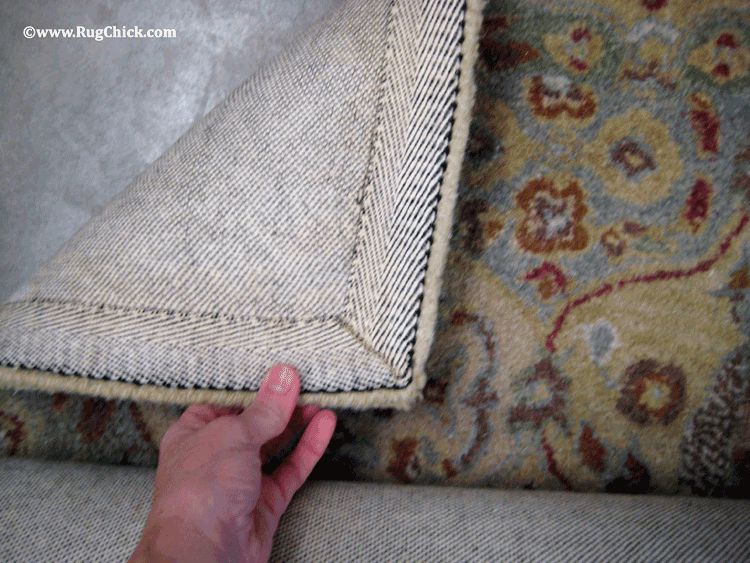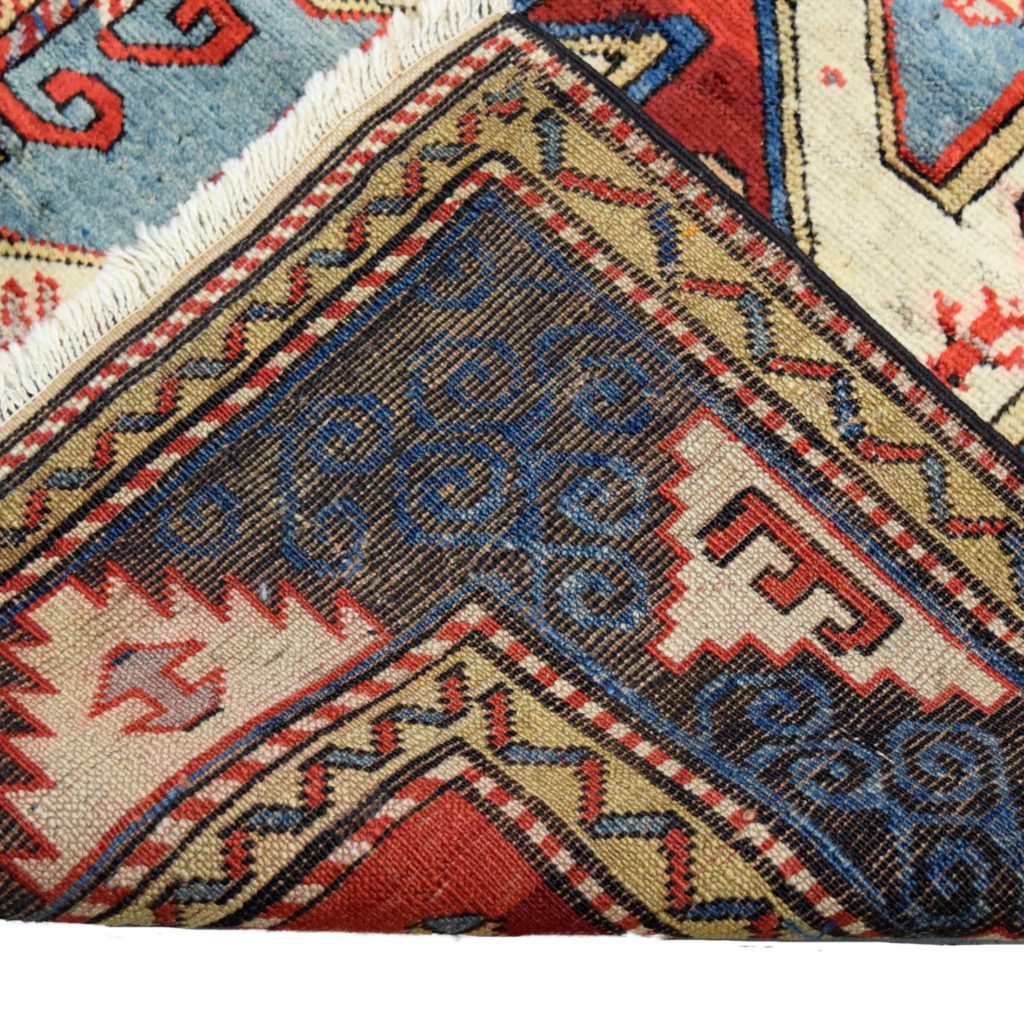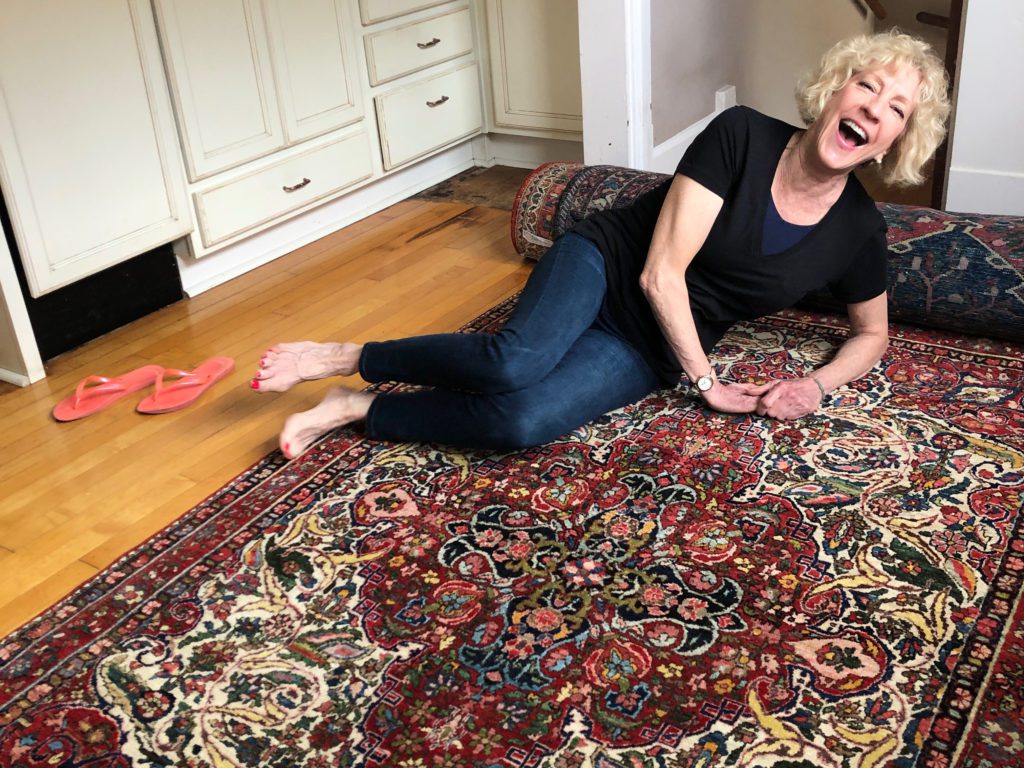How to Identify Hand-made Carpets
We frequently hear questions along the lines of: “How can I be sure of the quality of a hand-made carpet? Is this carpet even hand-made?” These are exactly the questions you should be asking, and we have a few different things to look out for when shopping for your next carpet! Continue reading to discover how to identify great hand-made rugs.

Backside of a true hand-made carpet 
The top of the carpet should look like the back
Turn your carpet over so that the back is facing upwards. If the rug has a backing, this is your first red flag. Hand-knotted carpets do not utilize any glues or adhesives to hold the piece together, while tufted carpets require all these harsh chemicals, as well as the rubber backing, to be held together. Furthermore, look to see if the rug has no backing. The closer the back looks to the front in terms of design, clarity, and color, the better. The identical sides often relate to the correct ratio of the diameters of the warp and weft to the pile. Whether a lot of the foundation can be seen when looking at the back. We will touch on this further below.
Smell the pile
While the carpet is facing upwards, get on your hands and knees and smell the pile. What do you smell? If the piece smells like chemicals, glue, or latex, this means the rug was likely not hand-knotted, or even if hand-knotted, done poorly. Regions that make much of the tufted carpet supply do not regulate what adhesives go into the fabrication process. These toxic adhesives can be released into the air and can have negative implications for your health.
Fold your carpet
Fold a corner on your carpet, does the corner fold like cloth? Or does the carpet bow but stay folded, or does it bounce back flat entirely? Ideally, hand-knotted pieces should fold like cloth, meaning the foundation is the correct density compared to the pile, as mentioned above. If your carpet folds with a bend or bounces back entirely, this means your carpet’s weft is too thick and causes the foundation to be stiff. Flexibility is an indicator of low-quality construction and is directly related to the carpet’s longevity and a determinant of the carpet’s value.
Look for Imperfections
Yes, you read that correctly. When looking at a hand-knotted carpet, look for imperfections. Imperfections can vary from the rug’s shape, the scale of the motifs, the binding or the fringe, and most importantly, knotting. These imperfections give each piece its character, thus making them one of a kind. However, if the motifs scale, pile, and knotting do not have any imperfections, the odds are that this carpet was machine-made. However, hand-knotted have been mass-produced and vary in value and quality. These pieces can have imperfections, such as unorthodox motifs, stiff foundation, or even acid wash tones to change the appearance. So be warry of these imposters!
In total, Identifying high-quality hand-knotted carpets starts with the foundation. The front of the rugs should look like the back. Avoid choosing a piece with chemical odors, meaning the carpet most likely has adhesives. Your next hand-knotted carpet should be pliable and should fold like a cloth. And finally, look for your carpet’s imperfections. Imperfections mean that your piece is hand-crafted and makes that carpet unique.







